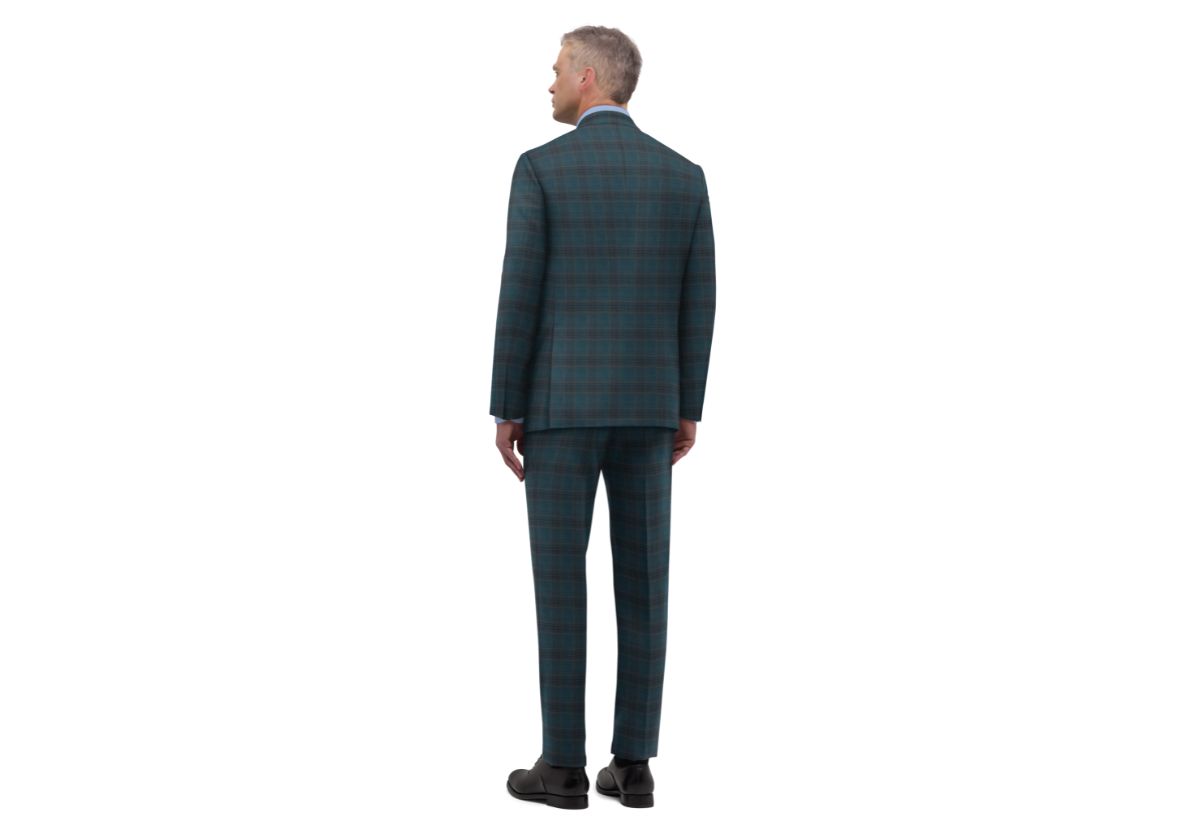Welcome to Shirtsmockup.com Online Apparel PSD Mockup Shopping Store!
May 19, 2024 / By Mahananda Sarkar / in Suit
When looking sharp and professional, nothing beats a well-fitted suit. Whether you're gearing up for an important meeting or a special event or want to elevate your style, knowing how to measure for a suit is key. Accurate measurements ensure your suit will fit perfectly, providing comfort and confidence. This guide will help you measure yourself for a suit. So, grab your measuring tape, and let's glet'sarted!
Also See>>>>> Shirtsmockup
Suit measurement involves taking various body measurements to ensure a suit fits correctly. These measurements tailor the suit to your unique body shape, eliminating excess fabric and ensuring a comfortable fit. Knowing your exact measurements can make a significant difference when purchasing a suit, as it helps avoid fit issues and the need for multiple alterations.
The chest measurement is one of the most critical measurements for a suit. To measure your chest:
This will give you your chest size, which is crucial for selecting the right jacket size. Remember, a suit jacket should not be tight or loose around the chest.
For the waist measurement:
Knowing your waist measurement helps you select the correct trouser sizes and ensures the waistband fits comfortably without being too tight or loose.
To measure your hips:
This measurement is essential for ensuring that the trousers fit well around the hips and do not have excess fabric.
The shoulder measurement is another crucial aspect of a well-fitted suit. To measure your shoulders:
This measurement helps determine the right shoulder seam placement on the jacket, avoiding issues like sagging or tightness.
For sleeve length:
The sleeve length measurement ensures that your jacket sleeves end just at the wrist, providing a polished look without being too long or short.
To measure your neck:
Knowing your collar size helps you select dress shirts that fit comfortably around the neck without being too tight.
The inseam measurement is crucial for determining the length of your pants. To measure your inseam:
This measurement ensures that your trousers are the right length, ending just above your shoes without excess fabric pooling.
To measure the outseam:
The outseam measurement provides additional context for trouser length, ensuring a perfect fit from waist to ankle.
For jacket length:
This measurement helps ensure that your jacket length is appropriate. It typically covers your buttocks and provides a balanced look.
To ensure accurate measurements, follow these tips:

Once you have your measurements, you can start customizing your fit. Here are some tips:
After selecting and customizing your suit, ensure that all the final touches are perfect:
Read More: 10+ Suit Mockup PSD Templates for Photoshop
Measuring for a suit may seem daunting, but it can be simplified with the right tools and techniques. Accurate measurements ensure a comfortable & flattering fit, making you look sharp and confident. Knowing your measurements, whether you're off the track or getting a custom-made suit.
Gather a flexible tape measure, a mirror, and a friend to help if possible. Begin with your chest, wrapping the tape measure under your armpits and around the fullest part of your chest. Next, measure your waist at the narrowest point, usually just above the belly button. Don't measure your hips at the widest point as well.
For the sleeves, measure from the shoulder seam to where you want the cuff to sit. Also, take note of your shoulder width by measuring from one shoulder tip to the other. Finally, measure your inseam by running the tape measure from your crotch down to the desired length of the pants.
Take your time, follow these steps carefully, and soon, you'll be impressed with a suit that fits you perfectly & makes a lasting impression!
Jul 20, 2025 by Nayan Ali
May 27, 2025 by Nayan Ali